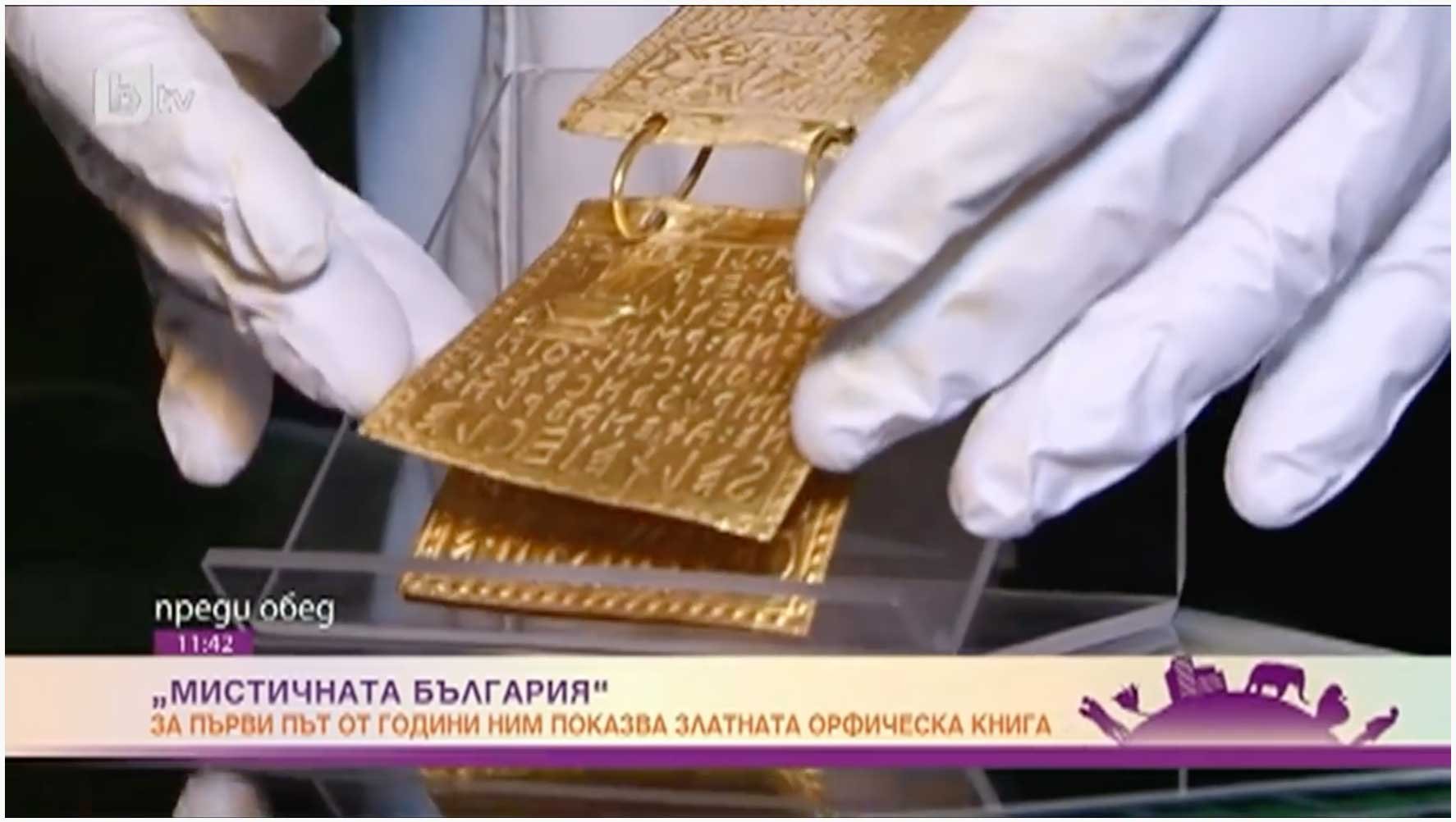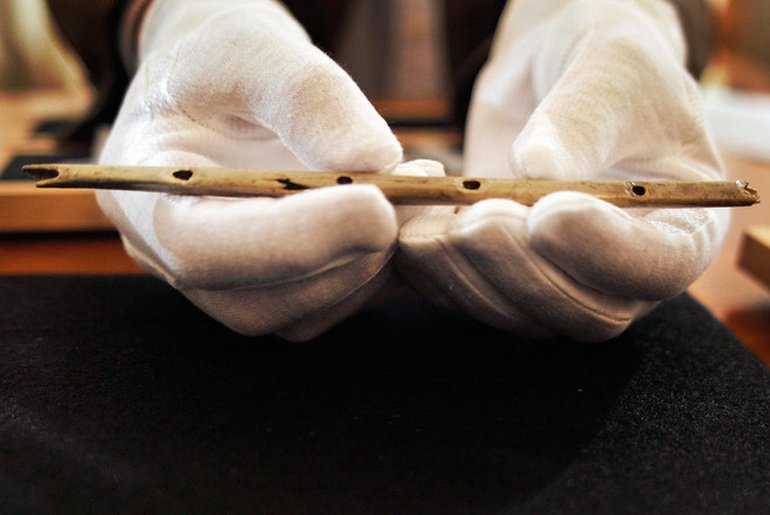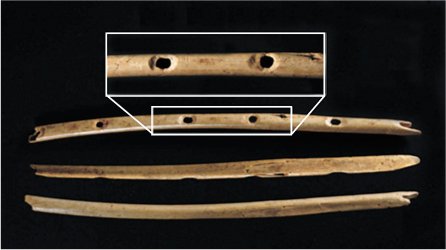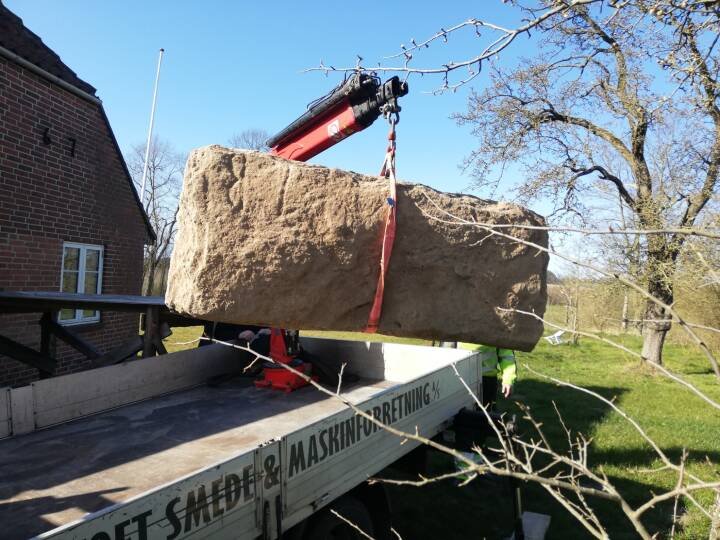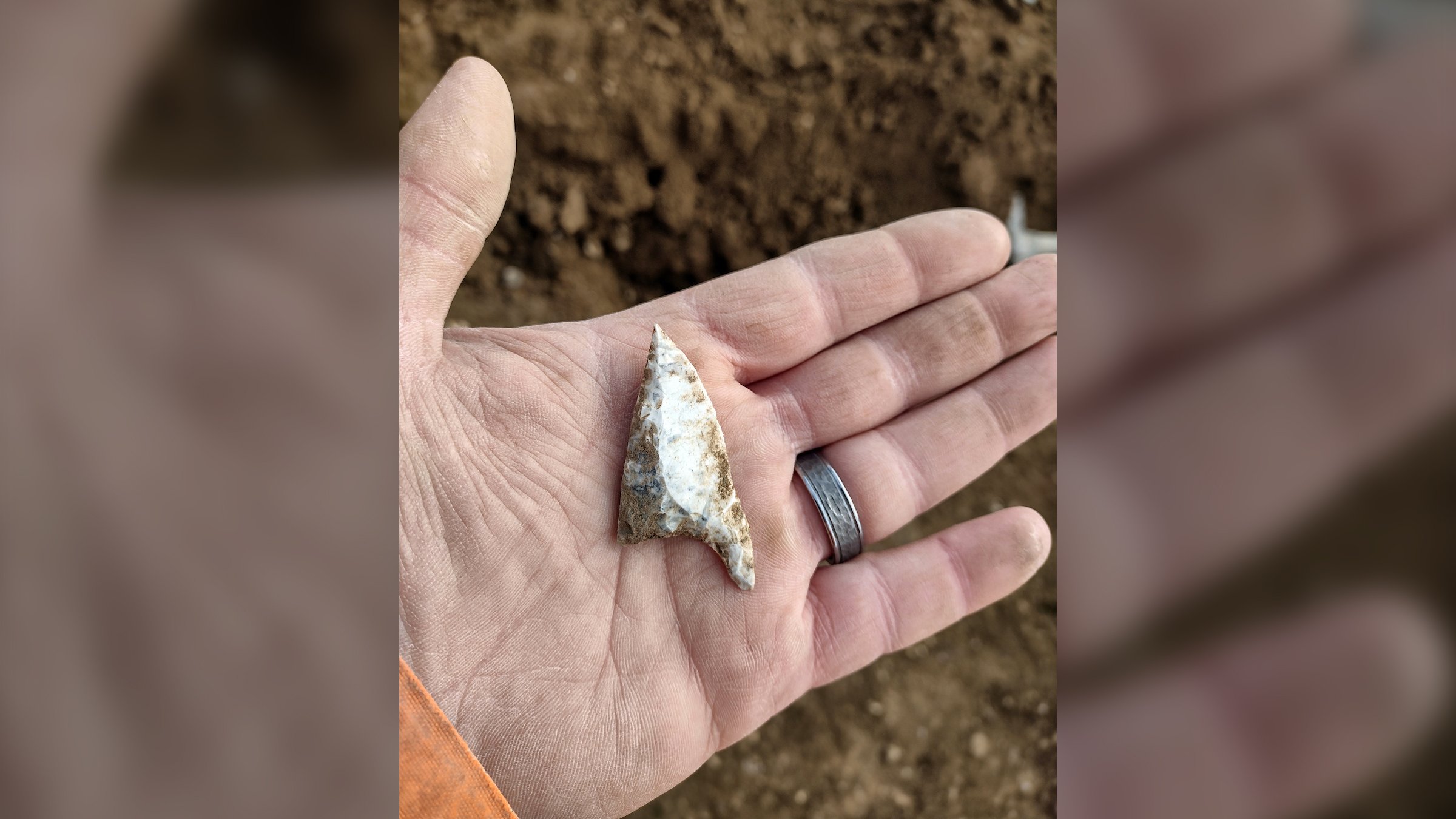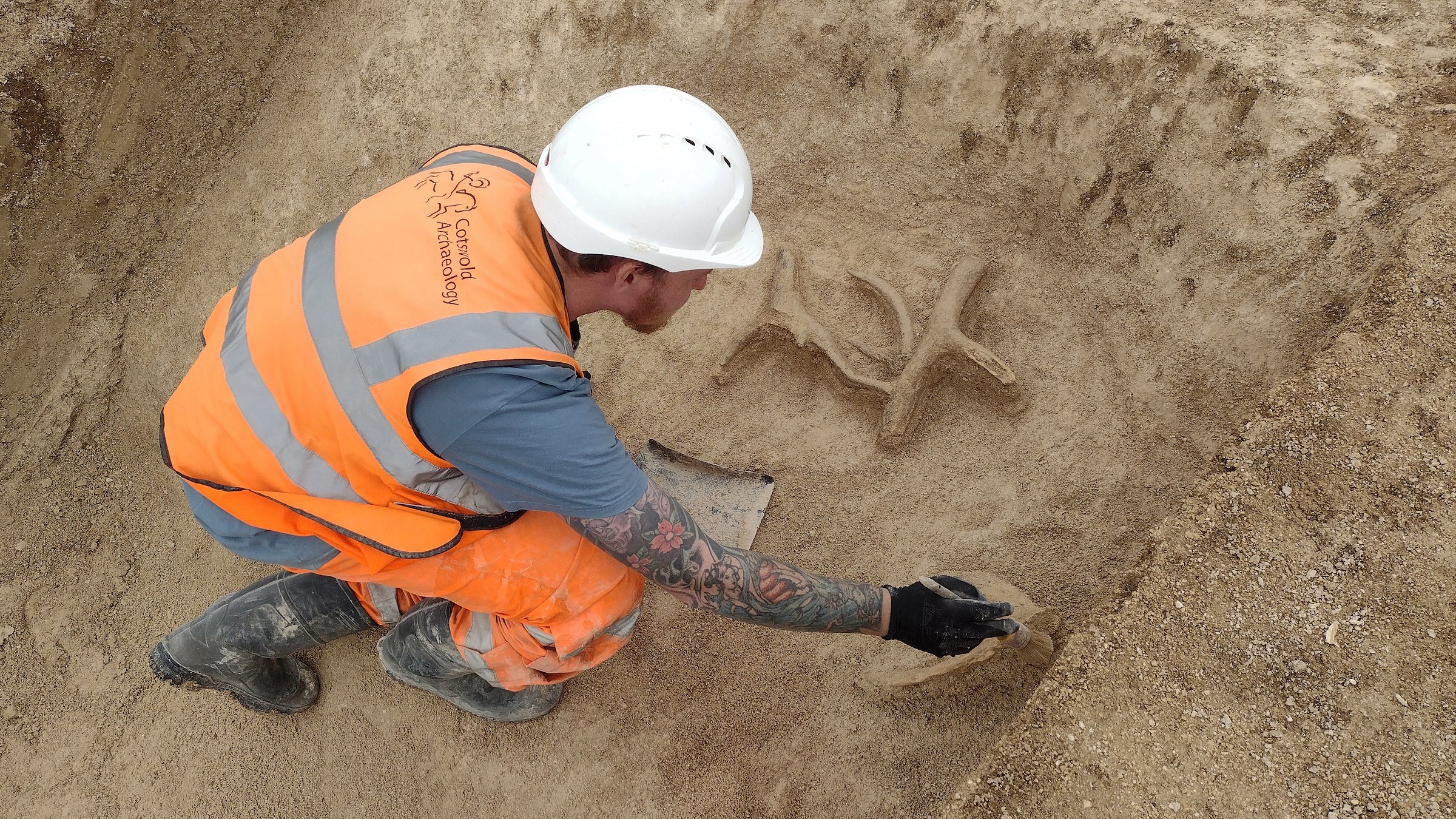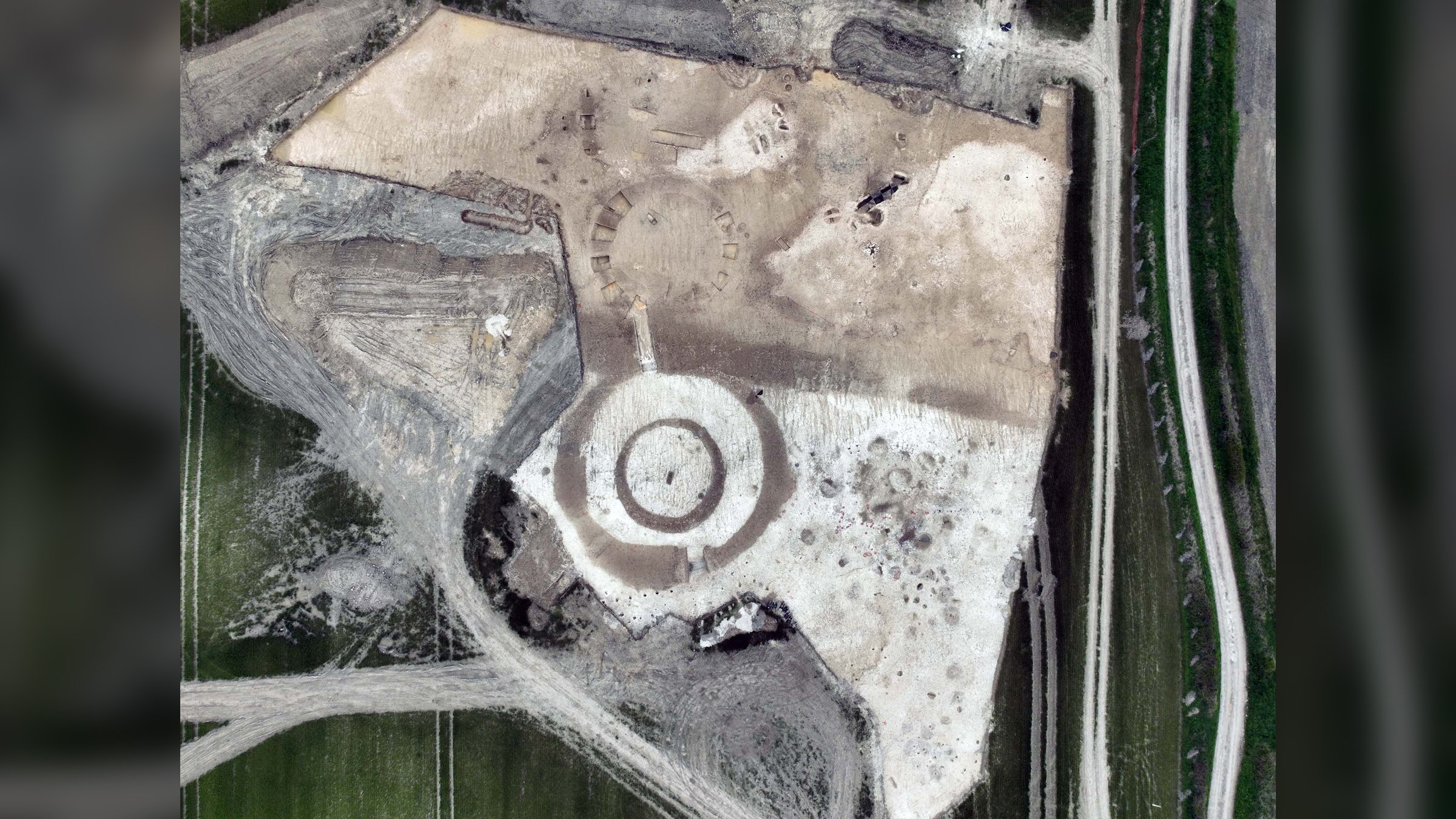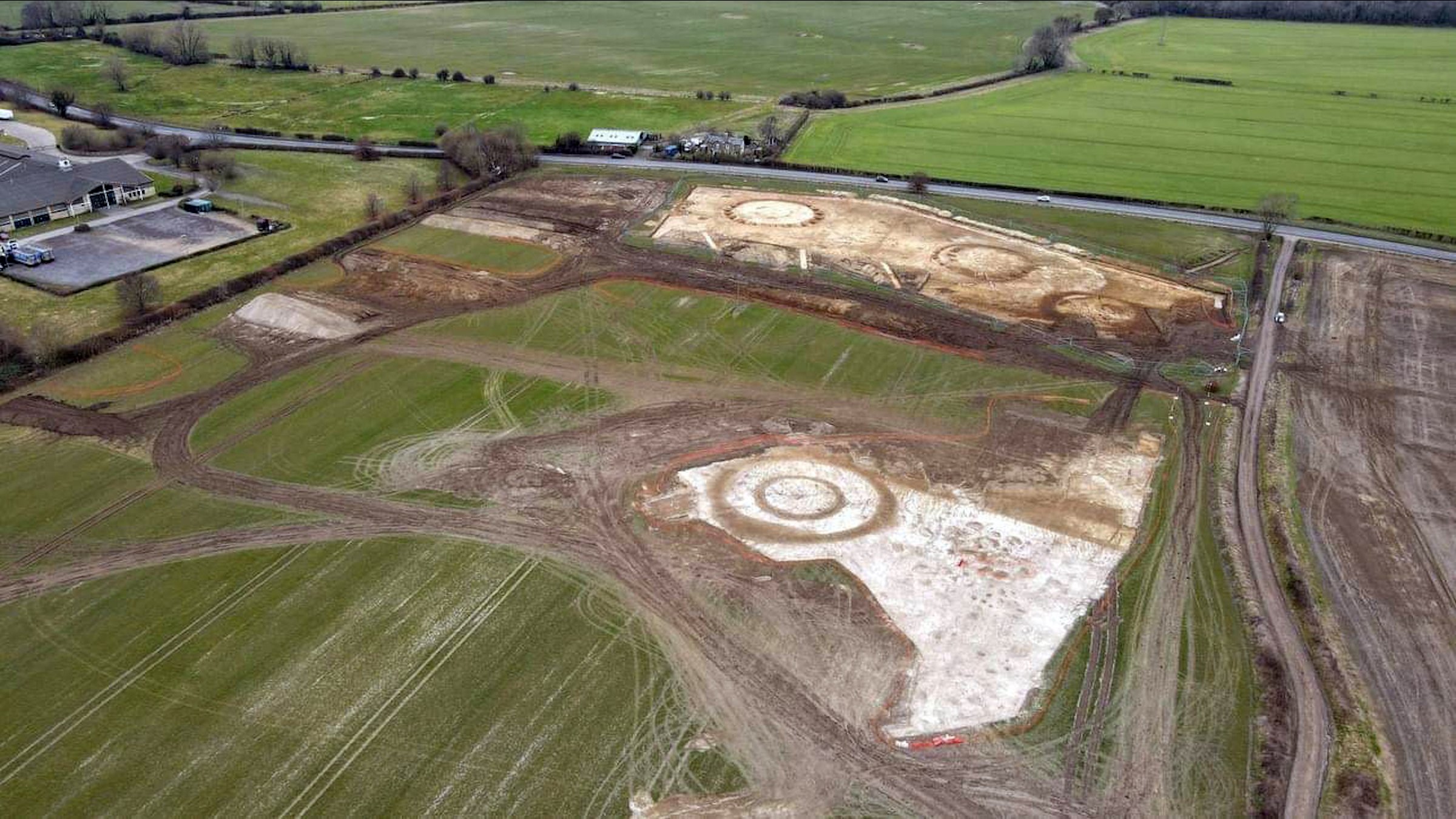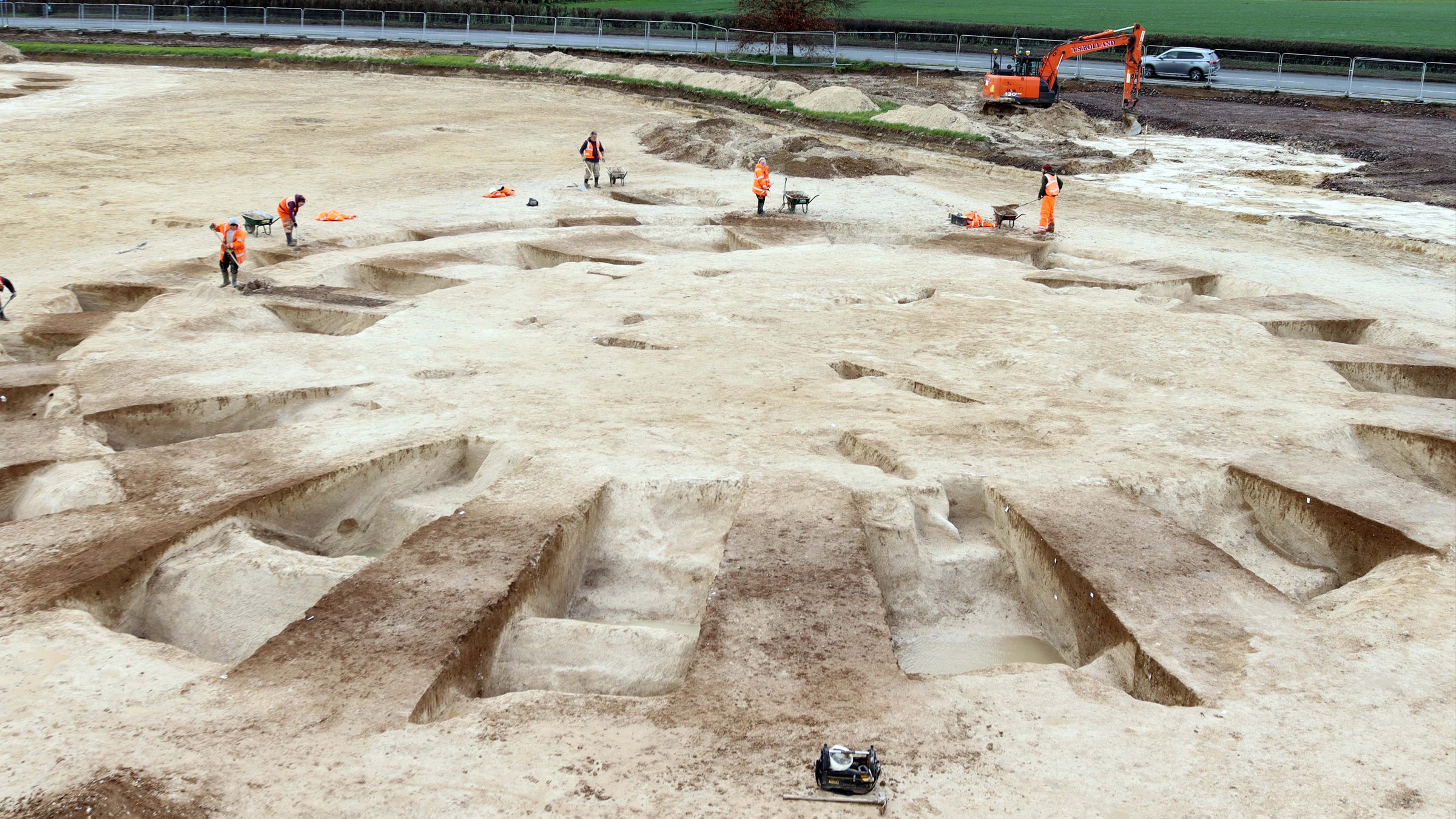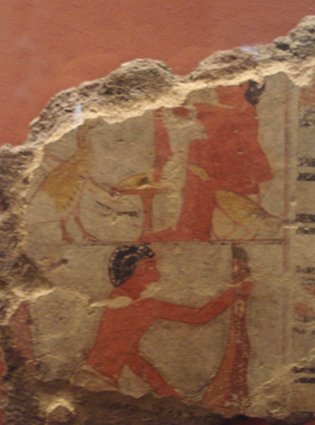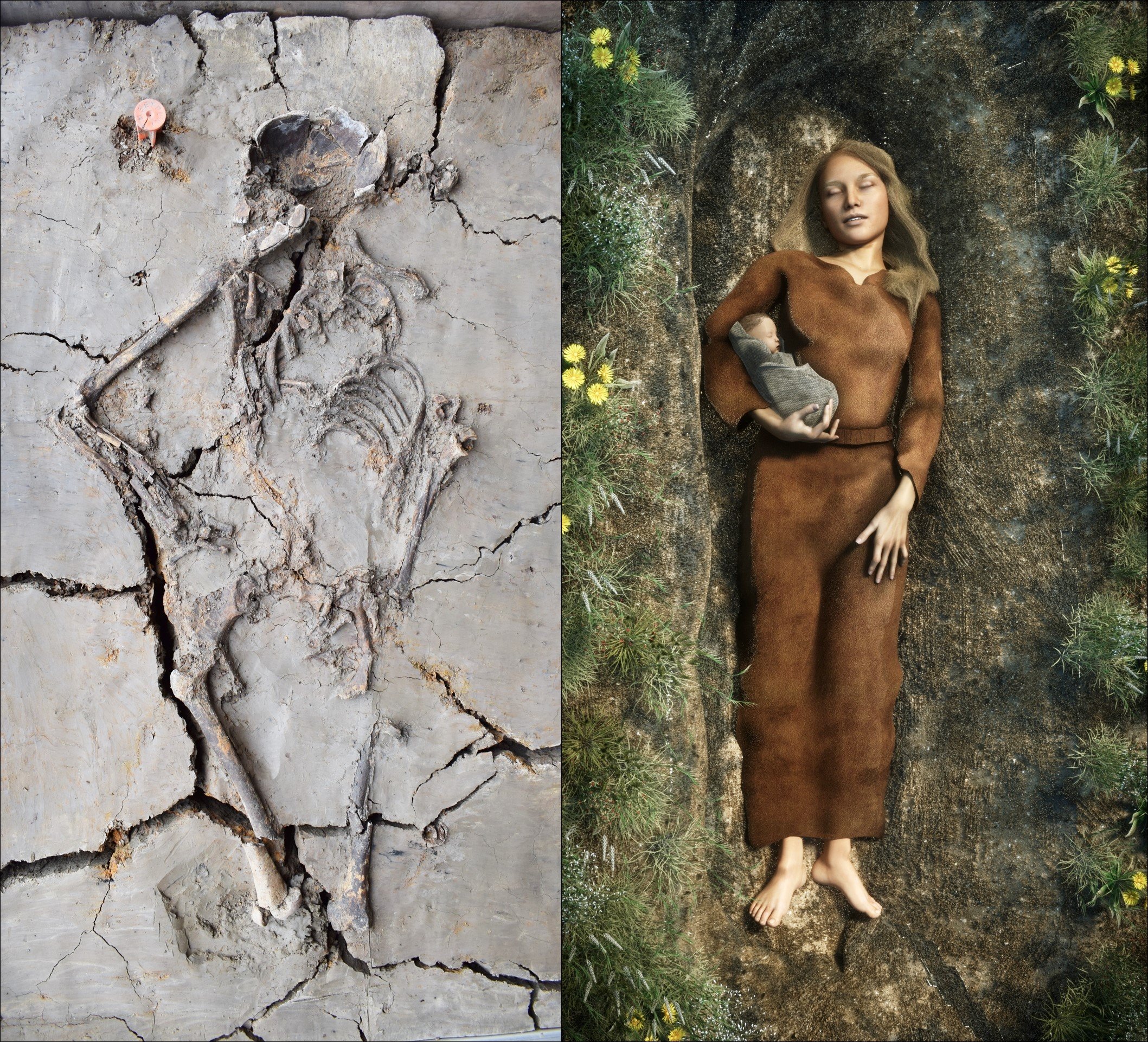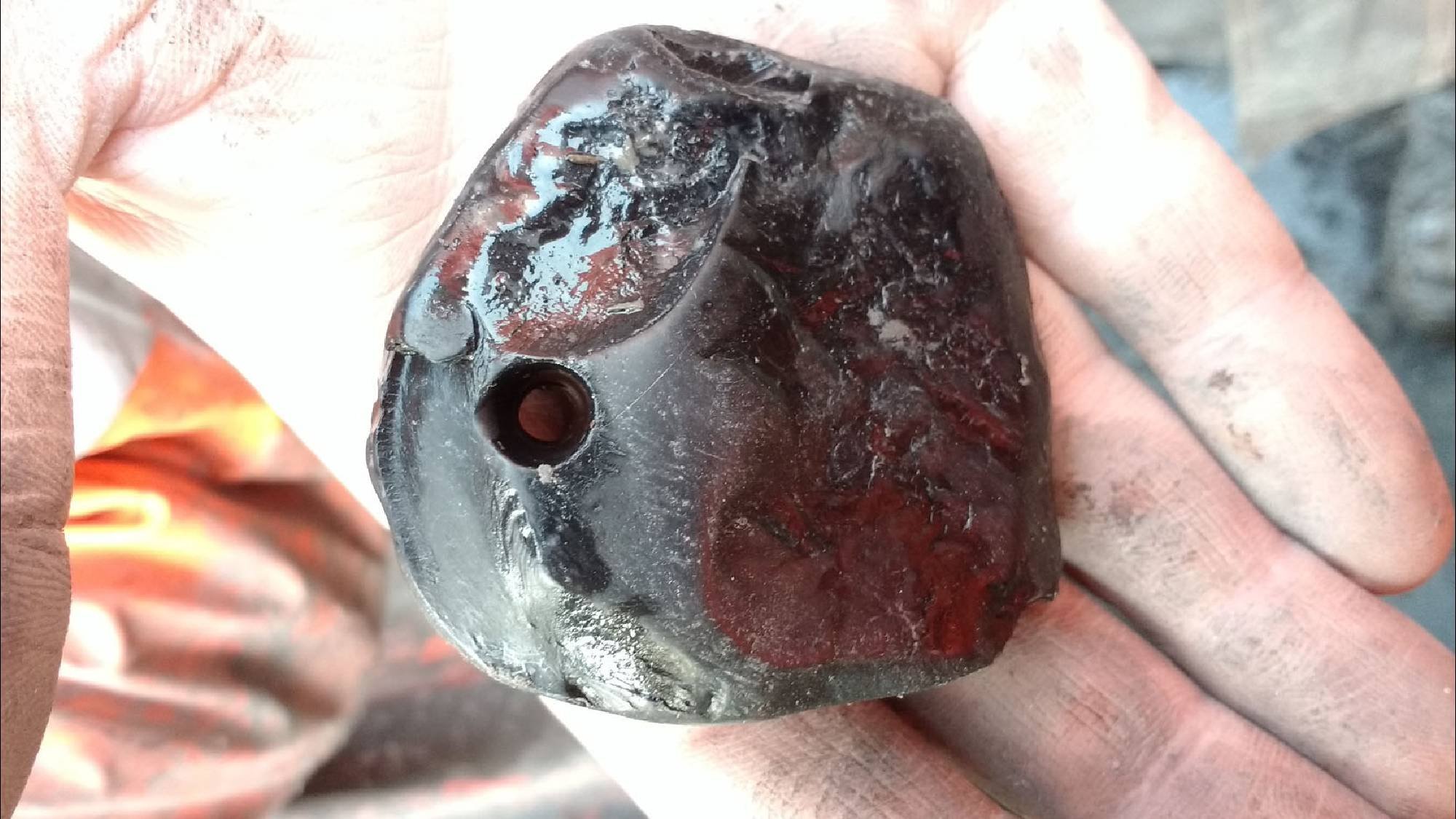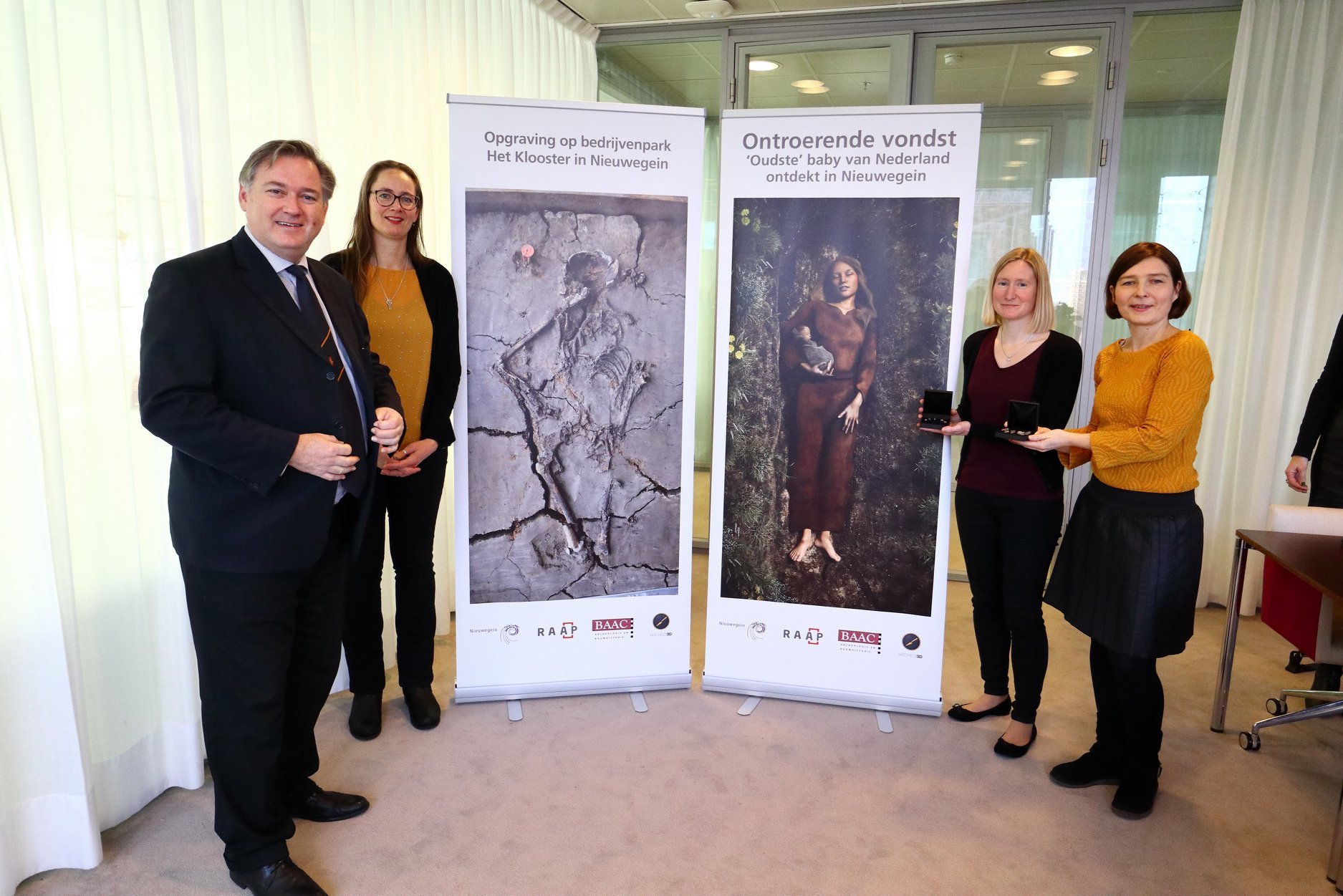The Etruscan language, once spoken in the region of Etruria (modern Tuscany, western Umbria, and northern Lazio) in Italy, remains one of antiquity’s greatest enigmas, its secrets only partially unlocked. Though no longer living, its legacy endures through inscriptions and a handful of bilingual texts, offering a window into the lives of the enigmatic Etruscans.
From Greek Columns to Etruscan Inscriptions: The Alphabet's Journey
The Etruscan alphabet is the earliest recorded script in the Western world after the Greek script. It was adopted from the Greek alphabet of the Euboean variant, used by Greek colonists in Italy, specifically in Ischia and Cumae. This adoption likely occurred during the 8th century BC, coinciding with the flourishing of Etruscan civilization. The Etruscan script underwent a transformation tailored maybe to their non-Indo-European linguistic structure; some Greek letters were repurposed to represent Etruscan sounds, and a few were discarded as they were unnecessary for Etruscan phonetics.
The Etruscans
The Etruscans emerged as a distinct civilization by the beginning of the first millennium BC, dominating the cultural and economic landscape of pre-Roman Italy. They were skilled metalworkers, merchants, and seafarers, leaving a durable imprint on Roman religion, architecture, and society. Their social structure was complex, with evidence of significant roles for women, and their art and culture were rich with religious symbolism.
A Tale of Two Origins: Myth and Modern Inquiry
According to ancient lore, the Etruscans were the descendants of the mysterious Lydians, as narrated by Herodotus. He recounts a myth where the Lydians, under King Tyrrhenus, left their famine-stricken lands in Asia Minor, sailing westward to find a new home in Italy. This narrative has long colored the perceptions of the Etruscan origin, casting them as an exotic people with an eastern heritage.
Maximum extent of Etruscan civilization and the twelve Etruscan League cities.
Dionysius of Halicarnassus, an ancient Greek historian and teacher of rhetoric, provided a contrasting viewpoint to the prevailing theories of his time concerning the origins of the Etruscans. In his work "Roman Antiquities," Dionysius presented a strong argument in favor of the Etruscans being autochthonous, meaning originating from the land itself, in this case, the Italian Peninsula. He contested the then-popular belief, as recounted by Herodotus, that the Etruscans were of Lydian descent.
Dionysius' opinion was rooted in several observations: the uniqueness of the Etruscan language, which did not resemble any other known tongues; the distinctive nature of their customs and laws; and the lack of any migration stories in their own historical records, which he presumed would exist if they had migrated from Asia Minor. He critiqued Herodotus' account as being based on mythical tales rather than concrete evidence. Moreover, Dionysius argued that the Etruscans shared physical characteristics with the indigenous peoples of the region, further supporting his autochthonous theory.
He went to considerable lengths to refute the Lydian origin theory, appealing to logical arguments and existing knowledge about the Etruscans and their culture. This stance by Dionysius of Halicarnassus has been one that modern archaeology and genetics have, to some extent, corroborated, showing a continuity of the Etruscan lineage within Italy and challenging the once widely accepted tale of their foreign origins.
Genetic studies suggest that the Etruscans were local to the Italian peninsula, with their DNA showing continuity with Neolithic farmers. This indigenous development theory is further supported by archaeological evidence, which indicates a gradual evolution of Etruscan culture from the earlier Villanovan civilization.
The Cippus Perusinus, a stone tablet bearing 46 lines of incised Etruscan text, one of the longest extant Etruscan inscriptions. 3rd or 2nd century BC.
A Historical Overview of Etruscan Language Theories
The Etruscan language, originating from the ancient Etruscan civilization within the regions of Etruria, Etruria Padana, and Etruria Campana in what is now Italy, has left a legacy of approximately 13,000 inscriptions dating from 700 BC to AD 50. Although most inscriptions are brief, there are some longer and bilingual texts, suggesting that while Etruscan influenced Latin, it was eventually replaced by it. Linguists and Etruscologists generally agree that Etruscan was a pre-Indo-European and Paleo-European language related to the Raetic and Lemnian languages.
Inscriptions reveal the geographic spread of the Etruscan language across Italy and beyond. The consensus is that Etruscan was related to Raetic and Lemnian, forming part of the Tyrsenian language family, which predates Indo-European languages in southern Europe. Recent archeogenetic analysis supports the autochthonous nature of the Etruscans, genetically similar to the Early Iron Age Latins.
Historically, various theories have attempted to classify the Etruscan language, ranging from Indo-European to Semitic connections, most of which have been dismissed in favor of its status as a non-Indo-European and Paleo-European language.
Throughout history, numerous theories have been posited regarding the origins and classification of the Etruscan language, many of which have been deemed speculative or unfounded. The general scholarly consensus is that Etruscan, part of the Tyrsenian language family, is neither Indo-European nor Semitic but rather a pre-Indo-European and Paleo-European language, closely related to Raetic and Lemnian.
One hypothesis considered Etruscan as part of a Paleo-European "Aegean" language family, alongside Minoan and Eteocretan, with potential ties to pre-Indo-European Anatolian languages. However, this connection has been largely dismissed.
The Anatolian Indo-European hypothesis, which suggested a relationship between Etruscan and the languages of Anatolia, such as Luwian, has been influenced by Herodotus' account of the Lydian origins of the Etruscans. Despite these theories and attempts to link Etruscan to Anatolian Indo-European languages or propose that the Etruscans brought the alphabet from Anatolia, scholarly evidence has not supported these claims.
Other fringe theories have ranged from Etruscan's origins being connected to Aramaic, Semitic languages, Armenian, Albanian, Uralic languages, and even Altaic languages. These theories have included suggestions of genetic relationships with Hungarian and connections with Northeast Caucasian languages. Such theories, including those positing that the Etruscan language influenced Hungarian, have been largely rejected by specialists in Etruscan, Finno-Ugric, and historical linguistics.
While there have been many attempts to classify Etruscan within various language families, the prevailing view among experts is that it shares kinship only with the Raetic and Lemnian languages and is an indigenous language of the Italian peninsula with no proven connection to the major language families of Indo-European or Semitic origins.
The Capua Tile, one of the longest Etruscan inscriptions, possibly 5th C BC. Image from Wikipedia.
The Etruscan language, a beacon of a civilization that influenced the course of Western history, still poses significant questions. Its alphabet, a product of cultural exchange with the Greeks, reveals the interconnectedness of ancient societies. The identity of the Etruscans, entangled with myth and history, reflects the complex narratives that ancient civilizations left behind. Whether as travelers from distant lands or children of the Italian soil, their legacy continues to captivate scholars and enthusiasts alike, a testament to the enduring allure of the ancient world.









